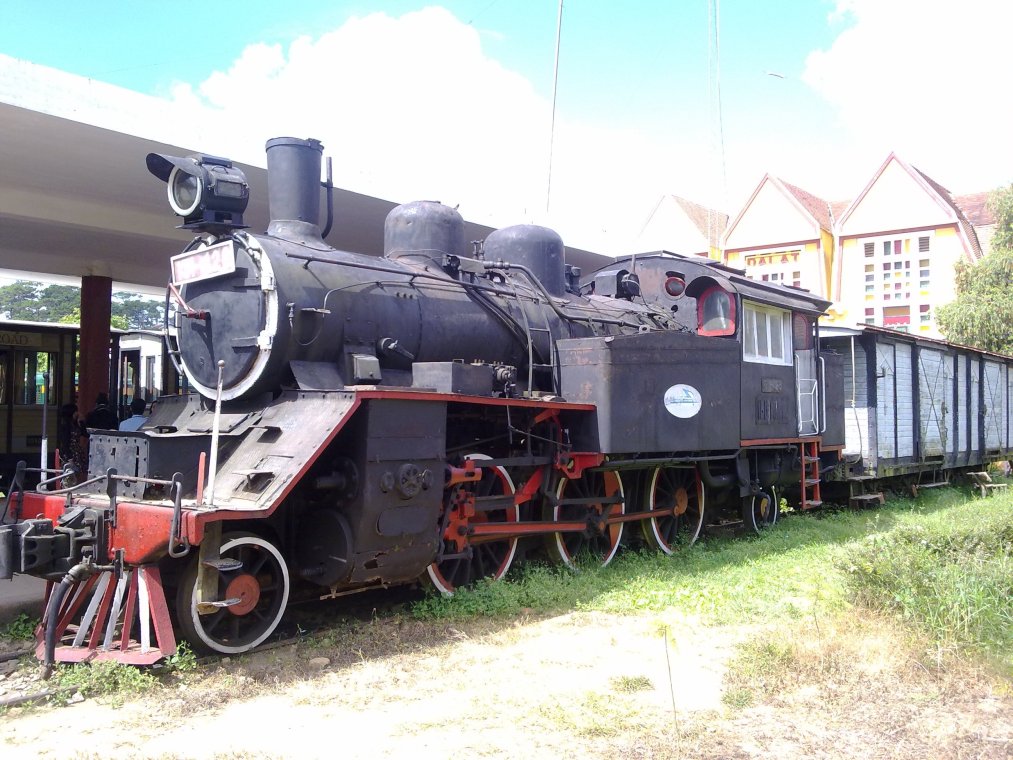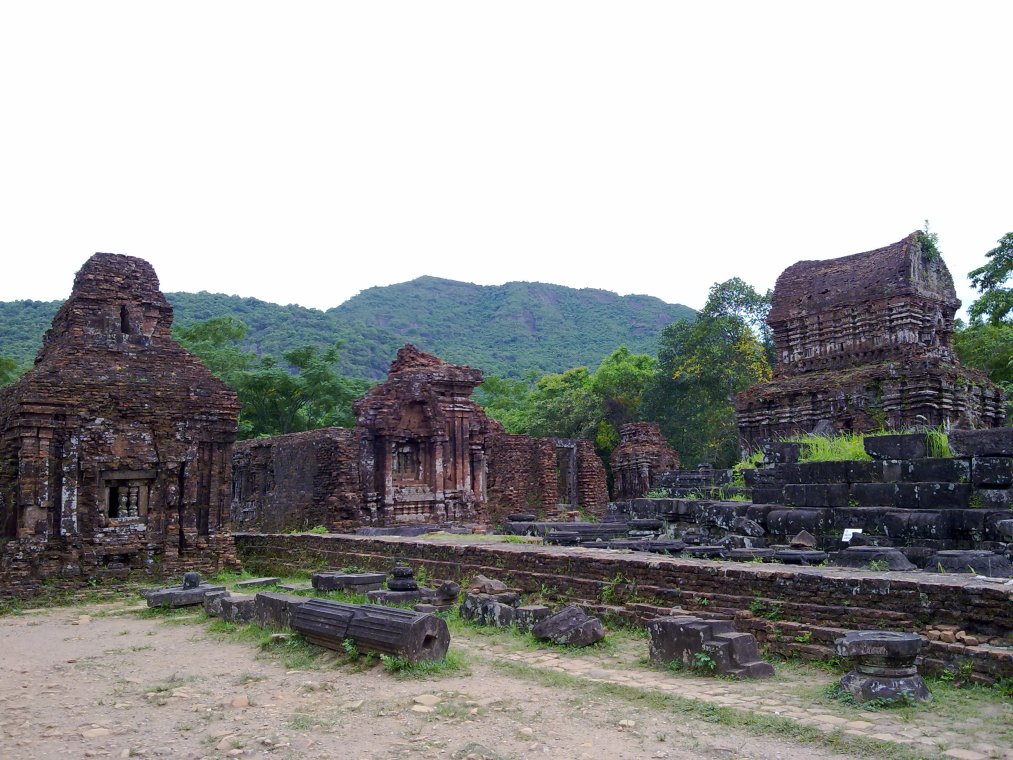Archive for the ‘2012 Summer – South East Asia’ Category
From Don Det in 4000 islands which is the southerly most point of Laos, actually right on the Cambodian border, I headed to one of the most northerly towns inLaos- Vang Vieng.
Nestled beside the Nam Song (Song River) amid stunningly beautiful limestone karst terrain, Vang Vieng… Honeycombed with unexplored tunnels and caverns, the limestone cliffs are a spelunker’s heaven… Several caves are named and play minor roles in local mythology – all are said to be inhabited by spirits.
Read more: http://www.lonelyplanet.com/laos/northern-laos/vang-vieng#ixzz0v0zVBjco
The journey started with a brief 10 minute ferry on an incredibly narrow river taxi (which resembles an over size wooden canoe with a giant out board diesel engine strapped to the back) full of fellow travelers. It did not ‘feel’ the most stable of vessels especially when struck on the side by a rapid current from a different direction!
Our bus arrived to take us 100 miles to Pakse where we boarded our overnight sleeper bus toVientianeanother 400+ miles. This was rather fun as previous sleeper buses had had 3 rows of single beds with upper and lower bunks. This was 2 rows of double beds with upper and lower bunks. I am not the smallest person to squeeze into a small ‘double’ bed but at least I was bedded with my travel companion rather than a fat, sweaty unknown! The mattress was also totally flat and pretty comfy although owing to my friends preferred sleeping position I was squished up against a hard arm rest designed to stop you rolling out of bed at night with the roll of the bus. She was unaware of my gripe until she awoke after a great night sleep and I had had the arm rest slowly grave into my back for 10 hours!
In the morning we caught our connection onto Vang Vieng, a father 3.5 hours up a bumpy road, at break neck speed. The driver really did push his luck on these windy roads at speeds that really were not safe but after many close calls, skids, swerves and near misses we arrived outside Pan’s Place,(my pre-booked hostel) for a much needed cold bottle of Laos Beer
At the widest point along the Mekong River, on the border of Laos and Cambodia, the area known as the 4000 islands are found. Don Det and Don Khon islands have been a mecca for travelers for over 20 years but have managed to retain a laid back/under developed feel about them and I stayed in Ban Hua Det the northern most point sat on the banks of the river.
Attapeu – pretty ‘cowboy’ town but dull
Posted: June 30, 2012 in 2012 Summer - South East Asia, VietnamPretty but NOTHING to do
http://www.travelfish.org/location/laos/southern_laos/attapeu/attapeu
A slow-paced town bracing for the inevitable onslaught of tourism…
It hasn’t arrived yet, trust me! I was only there for an afternoon and overnight sleep so did not have the opportunity to delve into the National Wildlife zone off to the east of the town which was ashame as the centre itself offers little of interest.
The Da Lat–Thap Cham Railway was an 84 km (52 mile) railway track connecting Dalat to Thap Cham on the main North/South Line from Hanoi to Saigon, it was built by the French in stages from 1903 to 1932.
It fell into disuse during the Vietnam war and was gradually dismantled after the North Vietnamese victory in 1975, breaking it up it to fix the main north/south line which had been heavily damaged by American bombing.
In the 1990s, a 7 km (4.3 mile) section of the line between Da Lat and Trại Mát village was restored and returned to active use as a tourist attraction. Plans in 2002 were drawn up to restore the entire line for both cargo and tourists is a top priority for local government and businesses.
The half hour trip costs £4 return but the trip itself is rather uninspiring and definitely a one off journey, not in the same league as the toy trains of Darjeeling and Shilma in India.
Mud Bath Heaven – Thap Ba Hot Springs
Posted: June 25, 2012 in 2012 Summer - South East Asia, VietnamI spent the afternoon here, enjoying the array of mud baths, hi jet water massage wall, steaming hot mineral baths and therapeutic waterfall/swimming pool. In England I would expect to pay over £60-100 for this, here is was roughly £3.50… a must do if you are in the area
www.thapbahotspring.com.vn/
Cham towers and Long Son Pagoda – Nha Trang
Posted: June 24, 2012 in 2012 Summer - South East Asia, VietnamA day’s scooter trip – Mỹ Sơn (Hoi An) and Miracle Mountain (Danang)
Posted: June 23, 2012 in 2012 Summer - South East Asia, VietnamI have previously been to Angkor Wat in Cambodia and had been told that Mỹ Sơn in Vietnam was a must see ancient site whilst travelling south en route to Da Lat.
It is roughly 42 miles from Hoi An to Mỹ Sơn so I decided to hire a scooter for 5 USD for the day and head of. The directions I had been given were relatively vague, but throwing caution to the wind a raced off down country lanes, cutting through rice fields, small villages and several rivers/fords on my 150cc Yamaha!
Luckily Mỹ Sơn is such a well known site, which is visited by thousands, the locals understood my dodgy pronunciation and waved me on my way, an hour later I arrived.
Mỹ Sơn was constructed between the 4th 14th century AD by the Kings of Champa, the temples are dedicated to the worship of the Hindu god Shiva (The Destroyer/Transformer.) Mỹ Sơn was the site for highly religious ceremonies for kings of the ruling dynasties of Champa, as well as a burial place for Cham royalty and national heroes. After the Viet took control central Vietnam early in the 15th century, the decline and eventual fall of Champa followed.
The Mỹ Sơn complex fell into disuse and was largely forgotten until rediscovered by a Frenchman M.C. Paris in 1898, when restoration started in earnest from 1937-1943.
Thanks to the yanks in the Vietnam war much of the site was destroyed by carpet bombing, but several examples of buildings spanning the extensive construction period over the centuries remaim. These include,
A kalan: a brick sanctuary, typically in the form of a tower, used to house a deity.
A mandapa: an entry hallway contiguous with a sanctuary.
A kosagrha or “fire-house”: a construction, typically with a saddle-shaped roof, used to house the valuables belonging to the deity or to cook for the deity.
A gopura: a gate-tower leading into a walled temple complex
Today the site has undergone a second phase of reconstruction under World Heritage, while the grounds around are still being made safe from unexploded munitions from the war.
Hoi An – Coracle fishing boat and sunset
Posted: June 23, 2012 in 2012 Summer - South East Asia, VietnamToday I decided to wander around Hue’s main draw – the historic citadel. Hue was the original capital of Vietnam Nguyen Imperial Family Nguyễn Phúc Ánh in 1802 took control of Vietnam and declared himself Emperor – China subsequently recognized his rule in 1804. After he consulted his engineers or ‘geomancers’ they decided on the location to build the capital and work began that year.
The Citadel is made up of a wall within a wall. The outer wall surrounding the city and the inner wall the Emperor’s palace (Forbidden Temple), meeting hall, offices of business, etc. Despite severe bombing by the Americans that leveled many of the original buildings, enough remain to warrant it’s World Heritage status, the Thái Hòa and Cần Thanh temples, Thế Miếu, and Hiển Lâm Các.




















